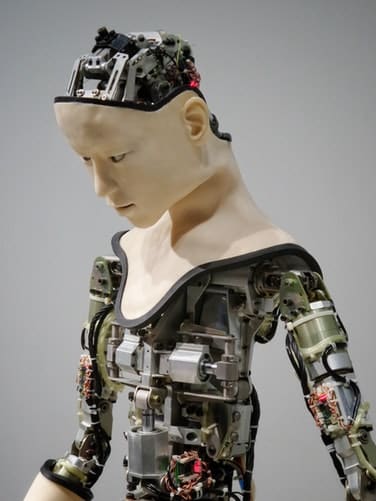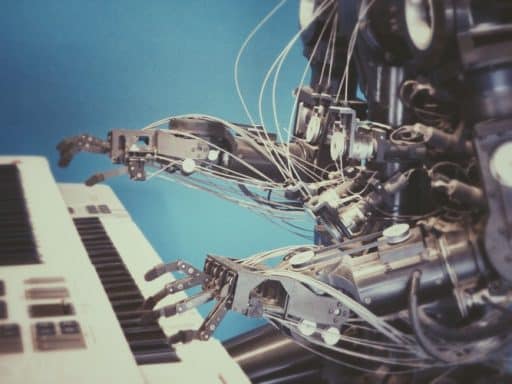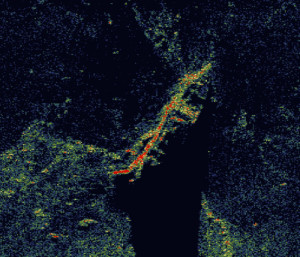How close are we to creating the first human-like robot? Well, the answer is a couple of decades, if not centuries. The scientists take simple step by step approach to building a human-like robot, perfecting single human traits one at a time. The most common trait the scientists must learn to mimic first is how humans move.
In order to perfect and mimic the movements of humans, scientists must learn how humans move.
Sensory Motor Skills
It is a process of work which is initiated by receiving input from sensory organs and then executing an action using motors depending on the input data. Sensory Organs for humans are vision, hearing, smell, taste, touch, vestibular.
Sense-Plan-Act Paradigm
- Observes the world around it.
- Formulates an Internal Model.
- Constructs a Plan of Action.
Humans display a simple model for response. Humans first observe the world around it given a certain purpose. Secondly, it forms a model for achieving that purpose. After that, it divides the model into shorter units. Each unit takes the individual closer to achieving its purpose. For example, if an individual is planning to travel from point A to B, then it will formulate a model that uses the shortest route thus saving time and energy.
Can we implement this model in building robots? We can, but it has some challenges. This model is not effective in the real world with all the clutter and distractions. Moreover, perception is inaccurate, all models have flaws in some way and no plan goes successfully in the first attempt.
How do humans move?
Now let’s learn some of the inherent characteristics of the human movement.
- Move Quickly.
- Reflexively.
- Little Advance Notice.
- Intelligent Feedback Mechanism using Sensory Cues to correct mistakes.
To include all the four features into robotic movements will be a tough job. Firstly, how to define and select the right sensory cue for robots? In other words, what will be the right modality for robots?
So what is the solution? Not stating or programming a cue upon which the robot will act. But instead to teach and program the robots to acquire cues by itself. But this will take a long amount of time. To solve this issue, we can program several robots to perform identical tasks in the same surrounding. And here is the interesting part. These robots will share their experience through a network so that great accuracy can be achieved in action in a limited amount of time.
Convolutional Neural Network (CNN)
Until now, the idea of assigning robots to perform identical tasks and sharing their experience over a shared network seemed most likely to be successful. But, how can this be achieved? Do we train individual robots? No. We attach them to a Convolutional Neural Network (CNN) and train the network and not individual robots. Through this mechanism, the robots are continuously predicting and observing its own movements which will maximize the chances of successful completion of an assigned task. The result is continuous feedback, eye-hand coordination.
What are the results we can expect from such an experiment? Firstly, we can expect robots to display somewhat reactive behavior. And secondly, the robots will be more likely to develop pre-action behavioral traits.




